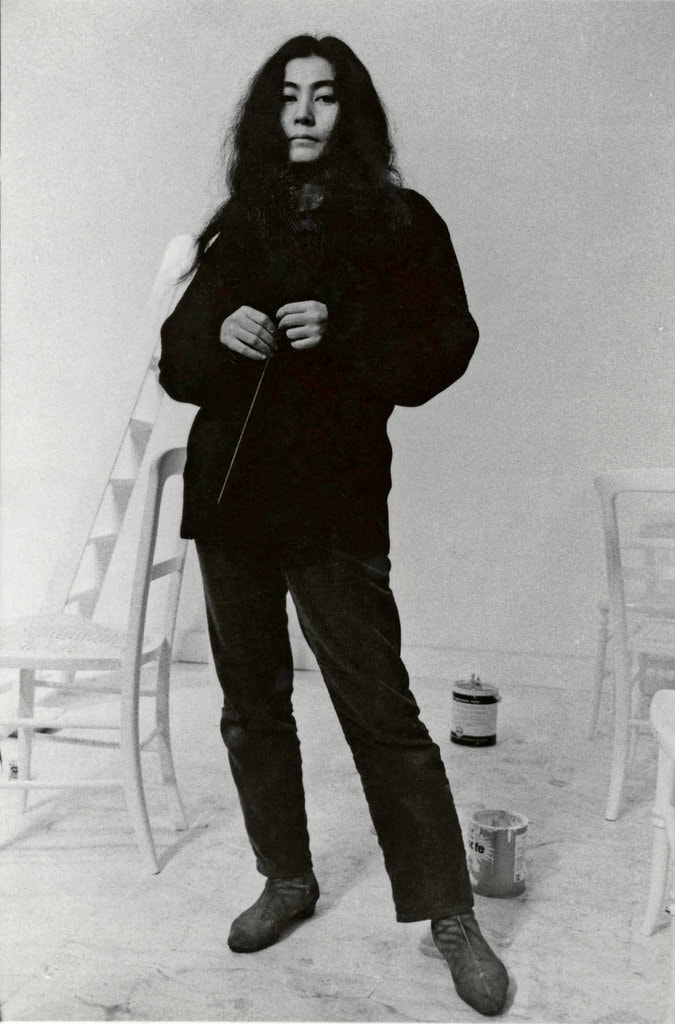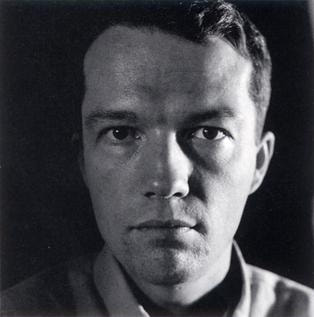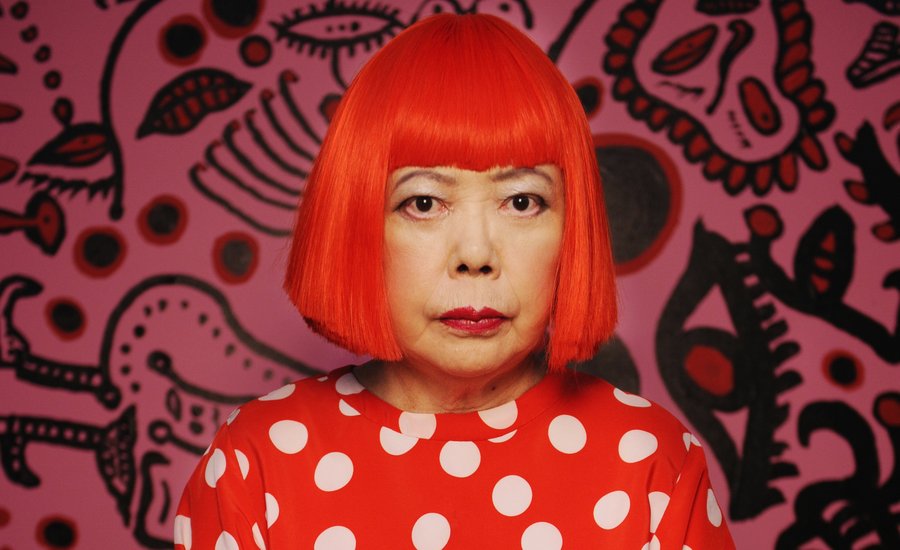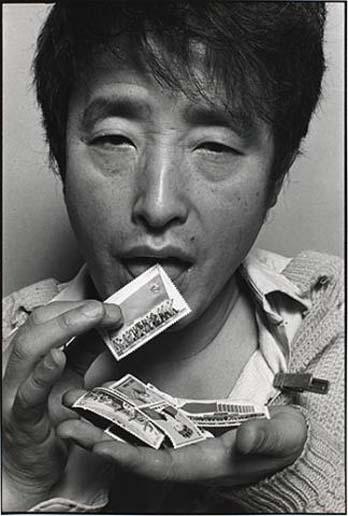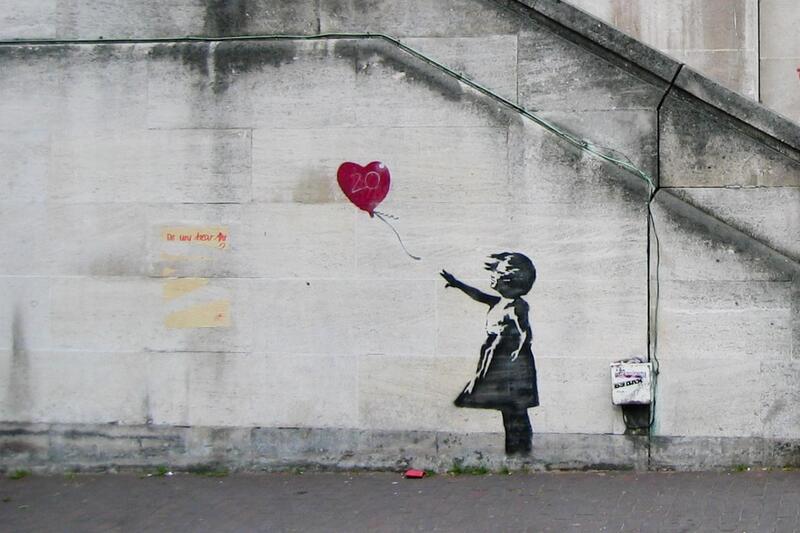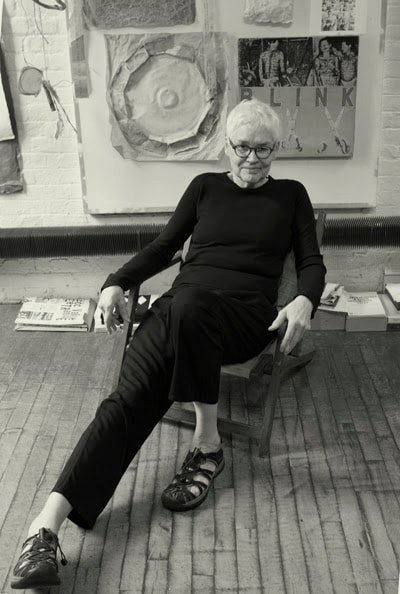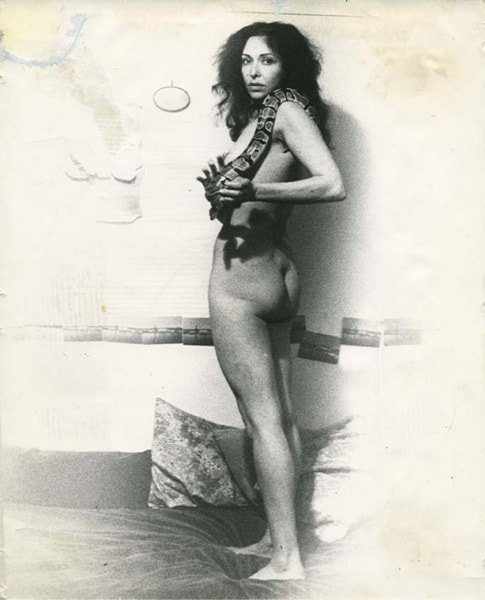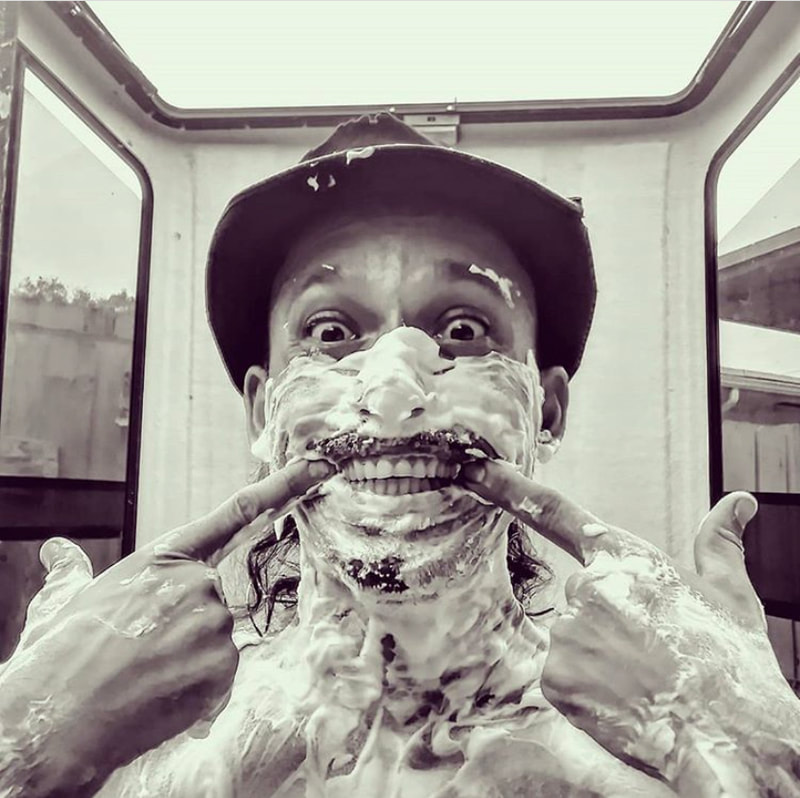|
Unlike previous artistic movements, Fluxus sought to change the history of the world, not just the history of art. The persistent goal of most Fluxus artists was to evade any boundary between art and life. George Maciunas stated that Fluxus underscored the revolutionary mode of thinking about the practice and process of creation. Fluxus artists believed anyone could and should create art anytime, and anywhere. |
A central Fluxus tenet was to find any way possible to bring art to the masses, much in keeping with the social climate of the 1960s. Fluxus artists used humor to express their intent and, along with Dada, Fluxus was one of the few art movements to use humor throughout history. Despite their playful attitude, Fluxus artists were serious about their desire to change the balance of power in the world. |
Fluxus art involved the viewer, relying on the element of chance to shape the ultimate outcome of the piece. The use of chance was also employed by Dada, Marcel Duchamp, and other performance art of the time, such as Happenings. Fluxus artists were most heavily influenced by the ideas of John Cage, who believed that one should embark on a piece without having a conception of the eventual end. |


